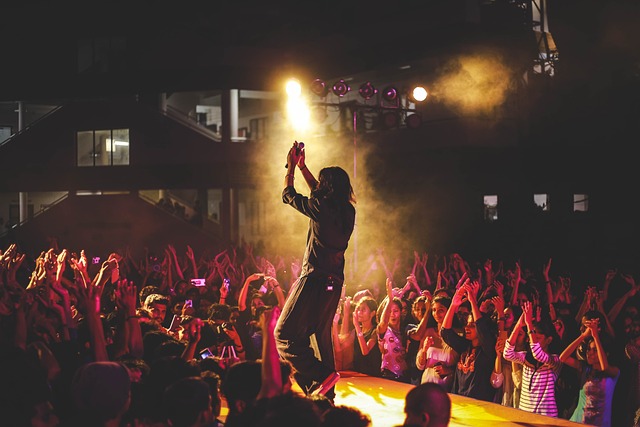【Music】Article four: 'Digital music and critical music literacy'
The Society of Music Analysis report indicated that digital music often sits uncomfortably within a curriculum where the main focus is on the non-digi... [more]
The Society of Music Analysis report indicated that digital music often sits uncomfortably within a curriculum where the main focus is on the non-digi... [more]
Music teacher identity is constructed at the intersection between musician and teacher. This study investigated the meaning of music-making among Kore... [more]

This contribution to the 'Archives of the Dance' series explores Chisenhale Dance Space's collection and my work with it as a PhD researcher. My re...

A Tunisian youth movement, Dancers Citizens South (DCS), founded on 31 May 2015, encourages young people to find agency in their communities by creati...
Channel state information (CSI) is required at the receiver side of multiple-input multiple-output (MIMO) systems for decoding space-time codes. In this paper, new semiblind techniques are developed to jointly estimate the receiver CSI of multiple multian

The present work deals with experiments and a model related to the emission of sound during the flow of granular materials through tubes. Experiments have been conducted using tubes fitted either with pistons or orifice plates at the ends. Earlier workers
We present a method to extract a description of the tonal aspects of music from polyphonic audio signals. We define this tonal description using different levels of abstraction, differentiating between low-level signal descriptors and high-level textual l
Background: Agitated behaviours are identified by caregivers as the most challenging in dementia care. Alternative approaches reducing occurrence of agitated behaviours and the need for chemical or physical restraints become valuable for institutionalized
TWO RECENT REVIEWS in Music Perception address potential cognitive adaptations for music. In this commentary I sketch a number of connections between issues raised in these reviews and the biology of music more generally. Potential perceptual and cognitiv

This exploratory study aimed to disassemble interpersonal movement synchrony by looking at the different elements that comprise this kind of interaction. For this purpose, we used the mirror-game (MG)- an imitation movement technique commonly used in dram
Trauma is manifested through the body in different ways, from arousal to freezing, or cessation of movement. Verbal expressions of traumatic experience have long been studied;however, studies of nonverbal responses are scarce. The current paper presents t
Dichotomous categories, such as the West and the rest, primitive and modern, are discussed within a phenomenological theory that suggests humans create structures through which we perceive objects. The perception of culture as an object and its constructi
The main objective of this article involves describing how African nightclubs of Lisbon have become spaces for cultural resistance against certain representations of African-ness, taking Madrid as a contrasting case. Since the 1970s, the so-called African
This text explores how digital language-specifically the execution of code-used beyond the digital can illustrate the political potential of literature. It shows how reading, like the dance of a choreography, is the execution of an aesthetic process that
Music has been suggested to have a beneficial effect on various types of performance in humans. However, the physiological and molecular mechanism of this effect remains unclear. We examined the effect of music exposure during the perinatal period on lear
Trends in ecstasy use in America during the past decade were reflected in mainstream, American rap-music lyrics between 1996 and 2003. Drawing on communication and cultural studies theory, this article provides a content analysis of 69 rap songs mentionin

The purpose of this study was to evaluate the effects of music therapy on compassion fatigue and team building of professional hospice workers. Participants were nurses, social workers, and chaplains and were employed for at least one year in hospice care
This paper is part of a systematic literature review and presents methodological issues within studies, investigating therapeutic applications of music in cancer patients. This review focuses on published international research from the USA, Canada, Austr
This paper presents a process for determining the music genre of an item using a new set of descriptors. A discrete wavelet packet transform is applied to obtain the signal representation at two different resolutions: a frequency resolution and a time res